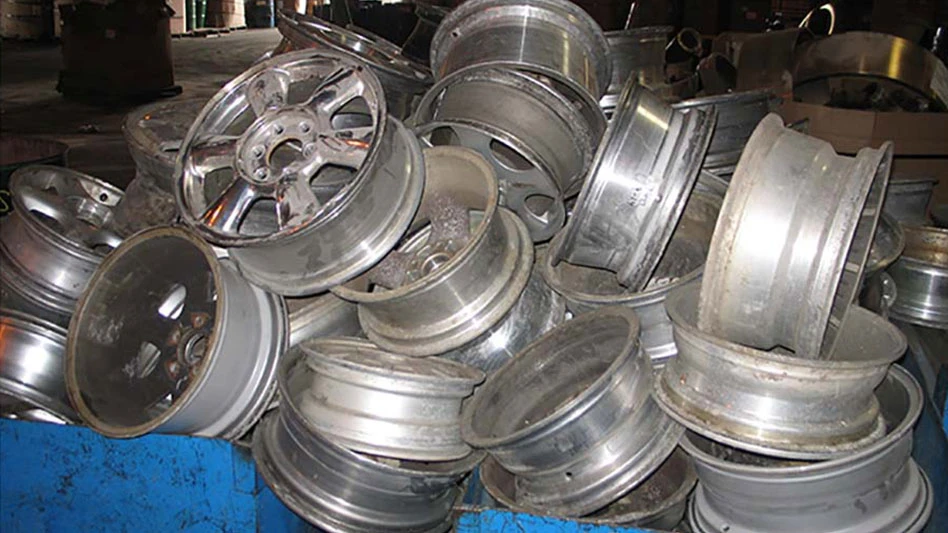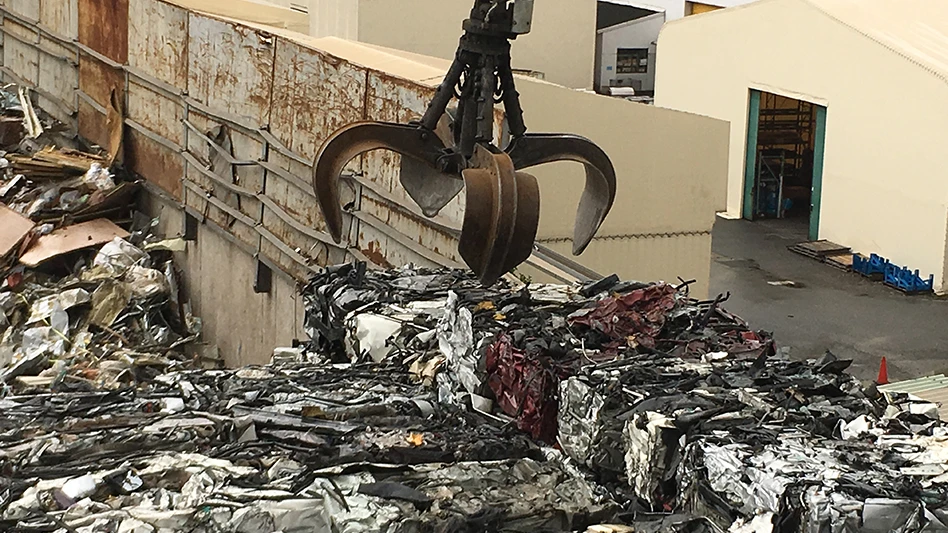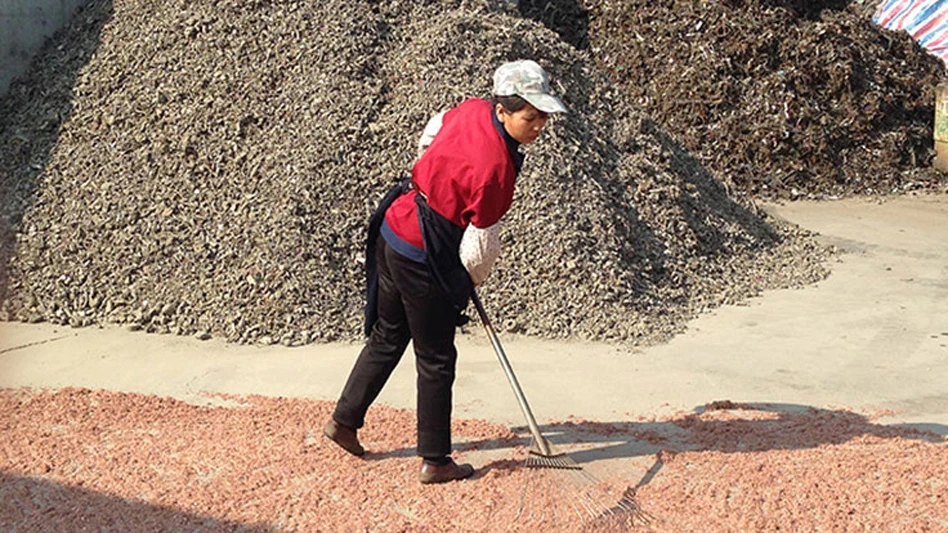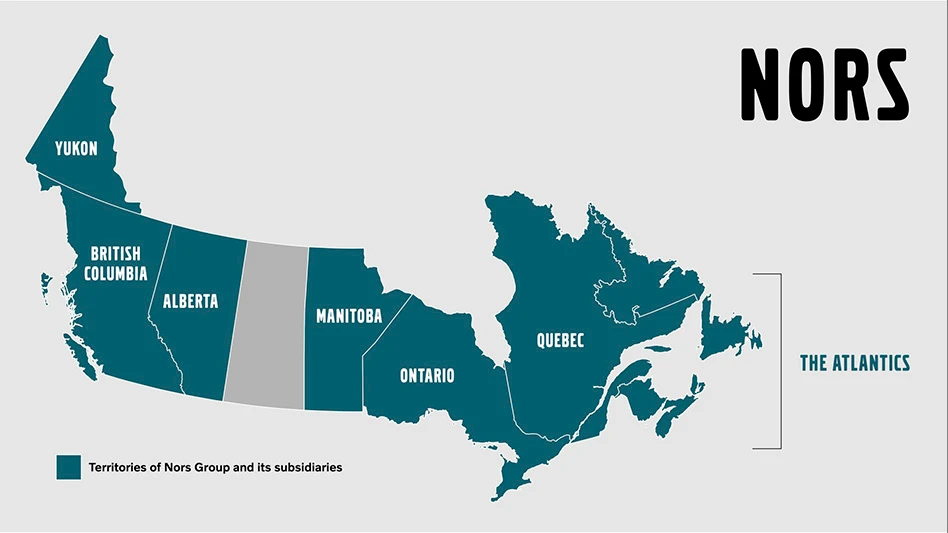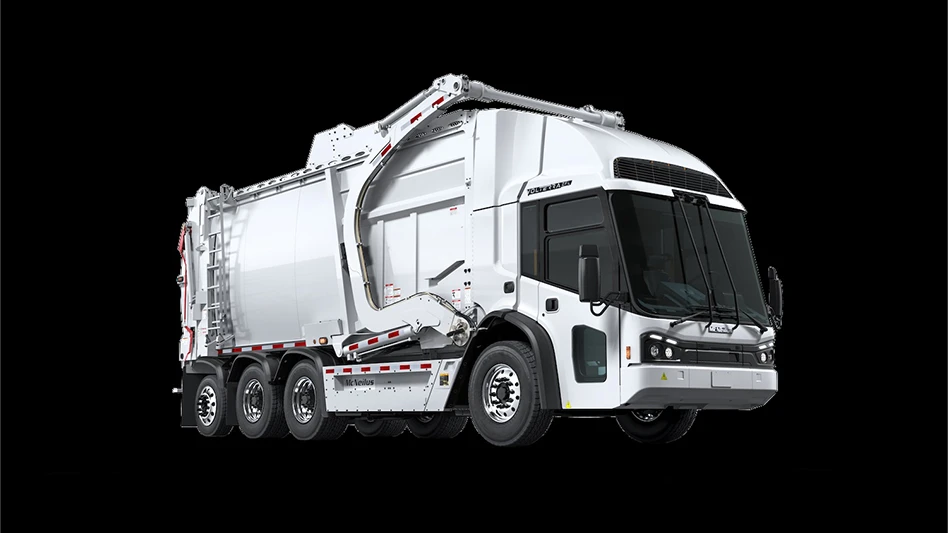Thirty-four million more pounds of plastic wraps, bags and other film packaging were recycled in 2015, a 3 percent increase relative to 2014, according to “2015 National Post-Consumer Plastic Bag & Film Recycling Report,” which the American Chemistry Council (ACC) released during the Plastics Recycling Conference, organized by Resource Recycling, March 6-8 in New Orleans. Nearly 1.2 billion pounds of these materials were recycled in 2015. This marks the 11th consecutive year of increases and the highest annual collection of plastic film since the survey began. Plastic film recycling—a category that includes flexible product wraps, bags and commercial stretch film made primarily from polyethylene (PE)—has increased nearly 84 percent since the first report was issued in 2005, the ACC says.
The “2015 National Post-Consumer Plastic Bag & Film Recycling Report” also found that film processing in the United States and Canada increased 11 percent for the year, while exports declined by almost 4 percent.
“We are very pleased that plastic film recycling continues to grow,” says Steve Russell, vice president of ACC’s Plastics Division. “America’s plastic makers are strong supporters of plastic film recycling and, due to expanding participation in our Wrap Recycling Action Program, or WRAP, we expect to see film recycling continue to rise.”
According to the U.S. Environmental Protection Agency’s 2014 Advancing Sustainable Materials Management report, the plastic film recycling rate is 15 percent.
A separate report the ACC released during the conference found that the postconsumer recycling of nonbottle rigid plastics (rigids) has grown 280 percent since tracking began in 2007. Rigids recycling generally held strong but dipped by 45 million pounds, or not quite 4 percent, to a minimum of 1.24 billion pounds in 2015, the ACC says.
The "2015 National Post-Consumer Non-Bottle Rigid Recycling Report" also found that about 67 percent of the rigid plastics collected were recycled in the United States or Canada, with the remaining exported overseas.
Factors that contributed to the decline include challenging market conditions for commodities in general, increased competition from virgin plastic materials and weakened demand in Asia. Higher-quality bales (clean, single resin) fared better than mixed materials as they are less costly to reclaim, the ACC says.
“America’s plastics makers are committed to supporting continued long-term gains in plastics recycling through public policy, infrastructure improvements and education,” Russell says. “We believe states’ recycling goals and brand-owners’ commitments to use more recycled plastics are helping to create greater stability and demand in the industry.”
The rigid plastics category includes food containers, caps, lids, tubs and cups; bulky items, such as buckets, carts and lawn furniture; and used commercial scrap, such as crates, battery casings and drums.
As in prior years, polypropylene (PP) and high-density polyethylene (HDPE) comprised the two largest resins in this category, representing 41 percent and 33 percent, respectively, of total rigid plastics collected.
Both the film and rigids reports were based on an annual survey of reclaimers conducted by More Recycling, formerly Moore Recycling Associates Inc., Sonoma, California.
ACC’s Plastics Division tracks recycling collection annually in three categories: film, rigids and bottles. Statistics on plastic bottle recycling were reported previously in the “2015 United States National Postconsumer Plastic Bottle Recycling Report” (November 2016).
Latest from Recycling Today
- Disruption likely for material flows in mid-January
- Blue Whale Materials to expand Oklahoma lithium-ion battery recycling plant
- CARI names new president and CEO
- Interzero revamps leadership structure
- Altilium secures $5M investment from Marubeni
- DOE report provides recommendations to increase recycling, reuse of wind energy equipment
- Sonoco makes leadership changes
- ExxonMobil sues California AG, environmental groups for defamation
